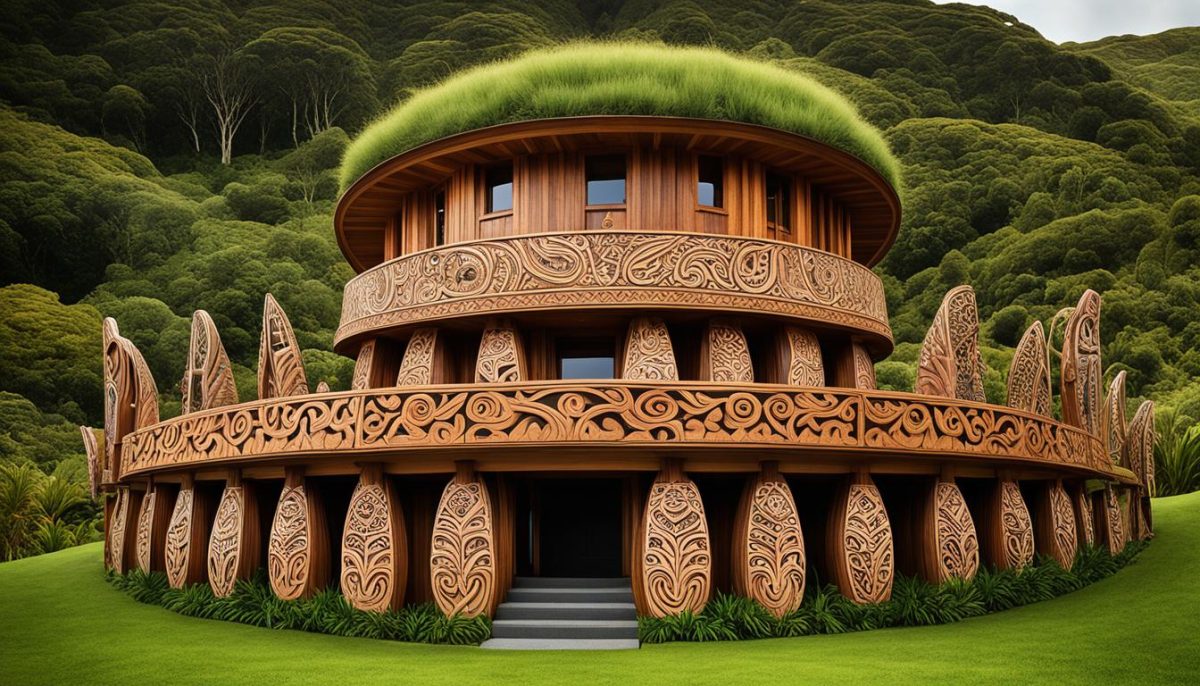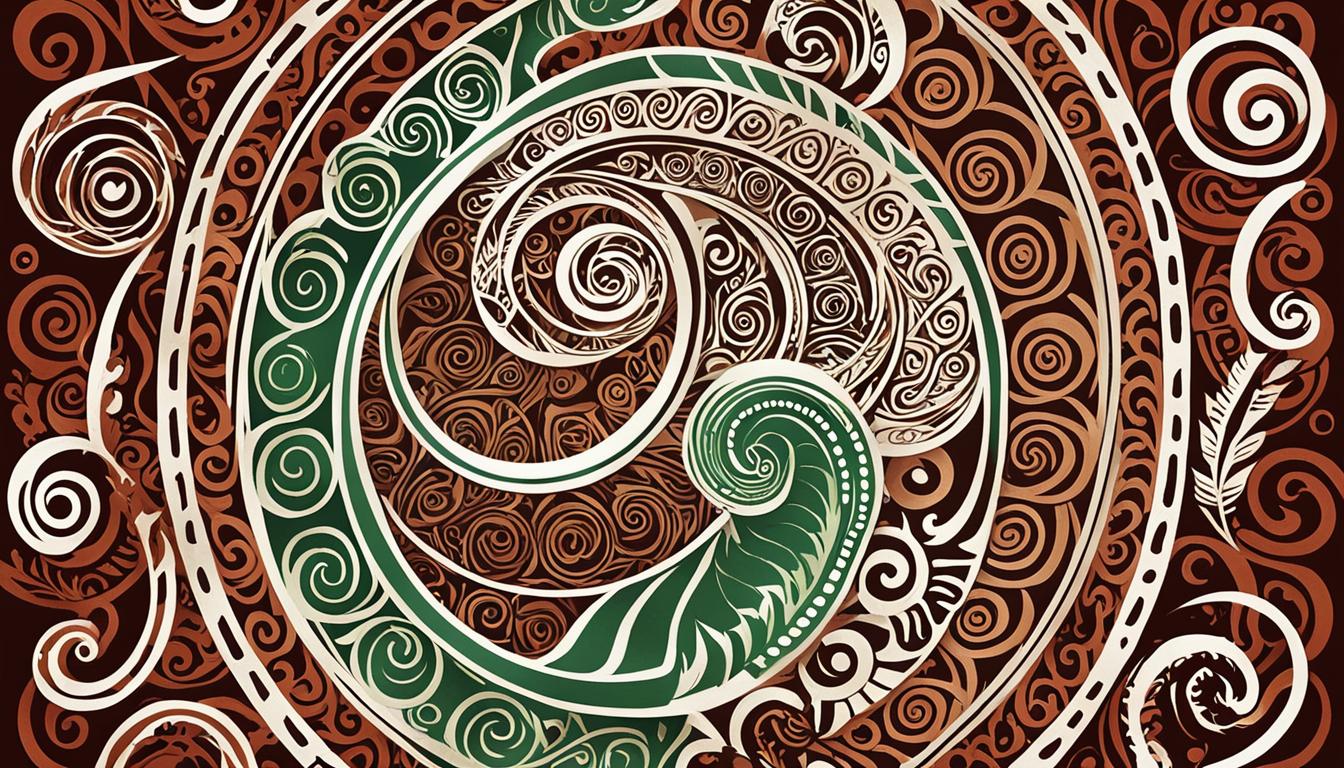Welcome to the enchanting world of Maori Culture, a vibrant tapestry woven by the indigenous people of New Zealand. Journey with us as we delve into the captivating traditions, art forms, languages, and values that define the Maori way of life.
Immerse yourself in the rich heritage of the Maori, New Zealand’s indigenous community. Discover the beauty of their customs and rituals, passed down through generations, evoking a deep sense of identity and belonging. Marvel at their intricate art forms, such as wood carving and traditional performing arts like kapa haka.
Maori language, te reo Maori, is a vital aspect of their culture, reflecting their profound connection to the land, sea, and ancestors. Learn about the linguistic nuances that make the Maori language unique and explore its revival and preservation efforts.
In Maori Culture, values like mana (power and prestige) and tapu (sacredness) hold immense significance, guiding interactions and relationships within the community. Discover how these values shape the Maori way of life and foster a deep respect for nature and spirituality.
In the modern landscape of New Zealand, Maori Culture continues to thrive and evolve. Awaken your senses to the innovative and contemporary expressions of Maori art that bring ancient traditions into the present. Understand the ongoing efforts to revitalize and preserve Maori Culture, ensuring its legacy for future generations.
Join us as we embark on a captivating journey through the heart and soul of Maori Culture, uncovering the treasures that make New Zealand’s indigenous heritage so profound and cherished.
History and Origins of Maori Culture
Delve into the fascinating history and origins of Maori Culture, which can be traced back to Polynesia, a group of islands in the Pacific Ocean. The Maori people are the indigenous Polynesian people of New Zealand, and their culture is deeply intertwined with the land and its rich natural resources.
The origins of Maori Culture can be traced back around a thousand years ago when early Polynesians embarked on daring voyages across vast oceanic expanses, ultimately reaching the shores of New Zealand. These Polynesian explorers brought with them their traditions, knowledge, and skills, shaping the foundation of Maori Culture that we know today.
The arrival of the Maori people to New Zealand marked a significant milestone in the history of both the culture and the land. They settled in different regions, known as iwi, and established their unique identities, each with its own customs, dialects, and art forms.
However, the colonization period in the 19th century had a profound impact on Maori traditions and identity. European settlers colonized New Zealand, bringing their own culture, beliefs, and ways of life. The clash between Maori and European cultures led to significant changes in Maori society, with the loss of lands, language suppression, and attempts to assimilate Maori into European ways of living.
Maori Culture, deeply rooted in Polynesia, is a testament to the resilience and adaptability of the Maori people in the face of colonization and cultural change.
Despite the challenges, Maori Culture has endured, and today, there is a strong resurgence in reclaiming Maori identity, language, and cultural practices. Maori traditions are being revitalized, and efforts are being made to ensure that future generations have a deep connection to their ancestral heritage.

| Key Points: | Impacted Aspects of Maori Culture: |
|---|---|
| 1 | Language |
| 2 | Land and Resource Ownership |
| 3 | Social Structure and Beliefs |
| 4 | Art, Music, and Dance |
| 5 | Traditional Customs and Practices |
Key Aspects of Maori Culture
Maori Culture is characterized by a rich tapestry of customs, rituals, art forms, language, and spirituality. These key aspects are integral to the identity and heritage of the indigenous Maori people of New Zealand.
The customs and traditions of Maori Culture stem from centuries of ancestral knowledge and provide a framework for social interactions and relationships within Maori communities. These customs are deeply rooted in respect for one another, the land, and the spiritual connections that exist.
Rituals play a significant role in Maori Culture, serving as a means to honor ancestors, mark important milestones, and express mana and tapu. Mana refers to power and prestige, while tapu encompasses the sacredness of certain people, places, and objects.
“The concept of mana is intrinsic to Maori Culture. It represents the influence and authority individuals possess within their communities.”
Maori Culture also expresses itself through various forms of art. Whakairo, or wood carving, is a traditional art form that showcases intricate designs and represents the spiritual beliefs and stories of Maori ancestors. Kapa haka, the traditional performing arts of song and dance, serves as a powerful medium to preserve and showcase Maori cultural heritage.
The Maori language, known as Te Reo Maori, holds immense cultural significance. It is not only a means of communication but also an embodiment of Maori identity and a link to the ancestors. Efforts to revitalize and promote the Maori language are essential for the continued preservation of Maori Culture and the fostering of cultural pride.
In Maori Culture, spirituality is intertwined with everyday life. The connection to the land (whenua) and the natural world is deeply respected and honored. Spirituality is expressed through rituals, ceremonies, and the recognition of spiritual beings known as atua.
Exploring the key aspects of Maori Culture provides insight into the unique and diverse heritage of the indigenous Maori people. These aspects form the foundation of Maori identity and continue to be cherished and celebrated in modern-day New Zealand.
Maori Culture in Modern New Zealand
As modern New Zealand flourishes, so does the rich tapestry of Maori culture. Efforts for revitalization and cultural preservation play a pivotal role in keeping the traditions alive. Language revitalization programs and promoting contemporary Maori art have become essential components of the ongoing celebration and recognition of Maori culture within the country.
Recognizing the importance of language to cultural identity, initiatives have been established to revitalize the Maori language, also known as Te Reo Maori. These programs aim to increase fluency among Maori speakers and promote its usage in everyday life, education, and the arts. The revitalization of the Maori language not only serves as a means of preserving culture but also empowers Maori communities to connect with their heritage and strengthen their identities.
In addition to language revitalization, contemporary Maori art plays an influential role in showcasing the progression and unique perspectives of Maori artists in the modern era. This form of artistic expression encompasses a wide range of mediums such as painting, sculpture, weaving, and digital art, among others. Through contemporary Maori art, artists bridge the gap between tradition and innovation, creating thought-provoking pieces that reflect the complex realities of Maori culture in modern New Zealand.
By embracing and promoting both language and contemporary art, modern New Zealand acknowledges the significance of Maori culture in shaping the nation’s identity. The revitalization of Maori language and the promotion of contemporary Maori art contribute to fostering cultural understanding, appreciation, and pride. These efforts not only sustain the centuries-old heritage of the Maori people but also offer a platform for the ongoing development and evolution of Maori culture in the ever-changing landscape of modern New Zealand.




